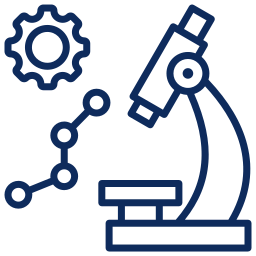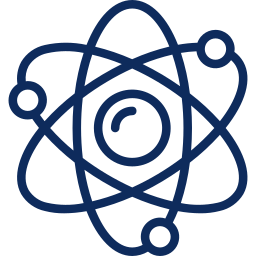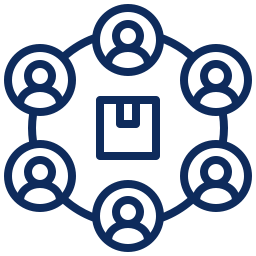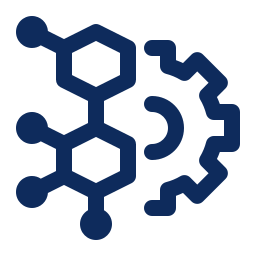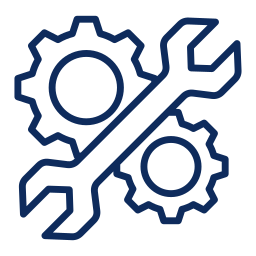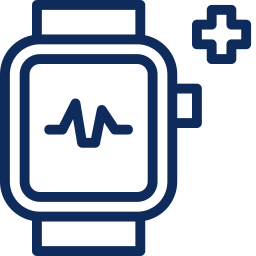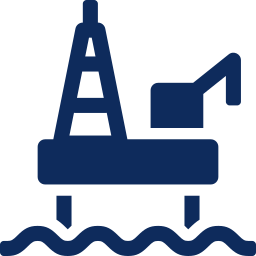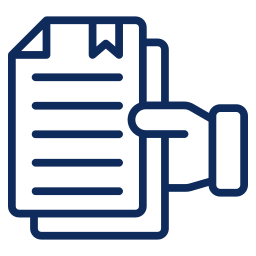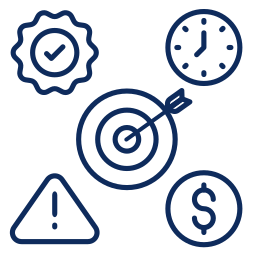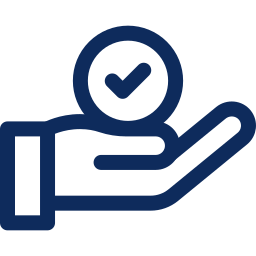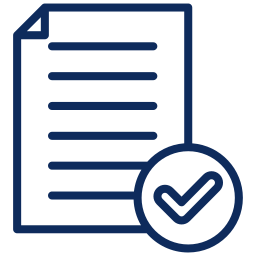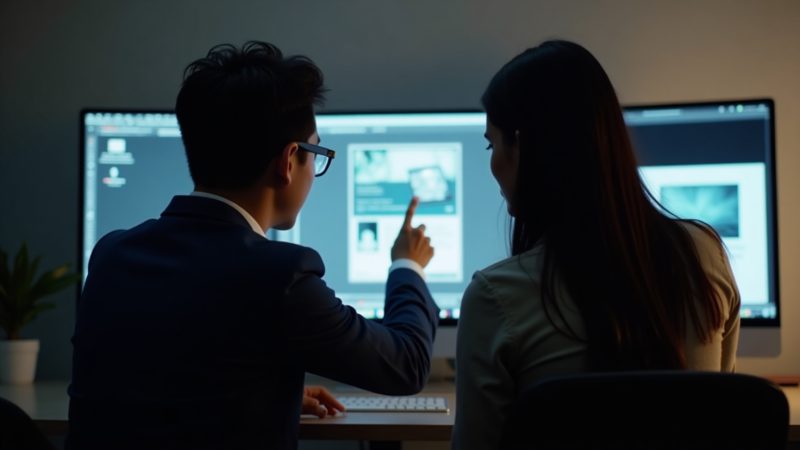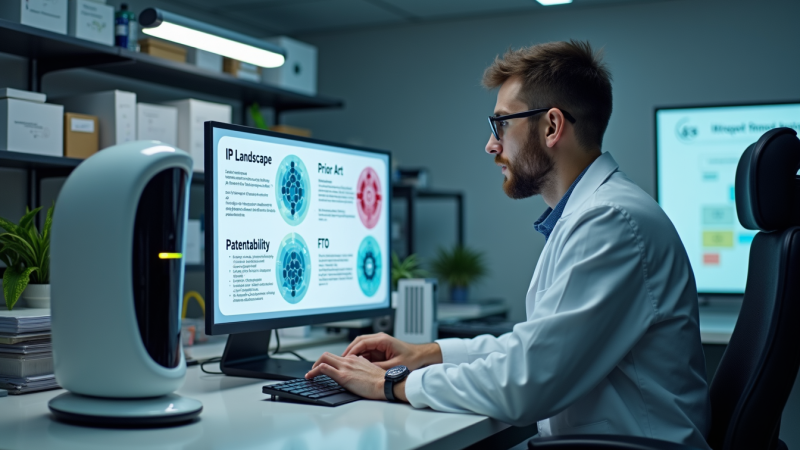SciTech Patent Art’s Office Actions support ensures accurate, timely responses to examiner objections and rejections during patent prosecution. Our experts analyze objections, conduct prior art searches, and draft technical arguments aligned with jurisdictional requirements. We assist law firms and corporate teams across regions like the U.S., Europe, and India, helping improve grant prospects. Our structured, insight-driven approach makes responding to Office Actions more strategic and efficient.
INDIA
Pre-grant Office actions
Request for examination or express or expedited examination
A Request for Examination (RFE) is a formal request made to the patent office to examine the patent application. This step is necessary for the application to proceed through the patenting process. In many jurisdictions, the examination does not begin automatically after filing. Instead, the applicant must submit an RFE within a specified time frame.
Request for Examination:
- Mandatory Step: The patent application will not be examined without submitting RFE. It will eventually be considered abandoned if the request is not made within the required period.
- Timelines: The time frame for submitting an RFE varies by jurisdiction. For example, in India, the request must be made within 31 months from the priority date or filing date, whichever is earlier.
- Standard Processing: Once the RFE is submitted, the application enters the queue for standard examination. The examination process can take several years, depending on the backlog and workload of the patent office.
When to Use a Standard Request for Examination?
- If there is no immediate need for patent approval and are comfortable with the standard examination timeline.
- When the market entry or commercial exploitation of the invention is not time-sensitive.
Express or Expedited Examination
Express or expedited examination is a process that accelerates the examination of a patent application, allowing for a faster determination of patentability. This option is particularly valuable when there is a commercial need to obtain patent protection quickly, such as when entering a competitive market.
Key Features of an Express or Expedited Examination:
- Faster Processing: By opting for expedited examination, the application is moved to the front of the examination queue, significantly reducing the time it generally takes to receive a first office action, and potentially, the time to grant.
- Additional Fees: Expedited examination often involves additional fees, and the cost varies depending on the status of the applicant (Natural person(s), Small entity, or other than natural person(s)).
- Strategic Advantage: Obtaining a patent quickly can provide a strategic advantage in fast-moving industries, allowing enforcement of the inventors’ rights sooner or secure investment by demonstrating strong intellectual property protection.
When to Use Express or Expedited Examination?
- Time sensitive due to market competition or potential infringement
- To secure funding, licensing agreements, or partnerships
- When the invention pertains to rapidly evolving fields where quick protection is crucial.
Request for early publication
Requesting early publication involves asking the patent office to publish the patent application before the standard publication date, which is typically 18 months from the filing date. This request can expedite the process, making the invention available to public in 3-4 weeks. Early publication can be beneficial for various reasons, such as establishing a public record of the invention, early examination when a request for examination has been filed, deterring potential infringers, or facilitating licensing and investment opportunities by increasing the visibility of the application.
Key Features of a Request for Early Publication:
- Accelerated Disclosure: When early publication is requested, the application is published shortly after the request is processed, often within a few weeks. This means that the details of the invention are made publicly available sooner.
- Public Notice: Early publication puts potential infringers on notice, as the application and claims become part of the public record.
- Facilitation of Licensing and Partnerships: Early publication can help in negotiations with potential licensees or partners, as it allows showcasing the filed application and the specific claims for which protection is sought.
Response to objections in examination report
Responding to objections in an examination report is a crucial part of the patent application process. A well-prepared response can significantly impact the outcome of the application. At SciTech Patent Art, we offer expert assistance in analyzing objections, drafting responses, and navigating the complexities of the examination process to ensure that the patent application progresses smoothly. Whether specific objections are to be addressed or claims are to be refined, we are here to support in every step.
Key Steps:
- Understanding Objections: The examination report is to be carefully read to understand the specific objections or rejections raised by the examiner. The report details the reasons for the objections, often citing prior art or legal standards.
- Evaluating Prior Art Citations: It is important to check if the prior art cited by the examiner truly impacts the novelty or inventive step of your invention. Sometimes, the cited references may not be as relevant as suggested.
- Amending Claims: One must determine if amendments to the claims are necessary to address the objections. To overcome rejections, narrowing or rephrasing claims is to be considered.
- Preparing Detailed Arguments: Preparation of a detailed argument addressing each objection is critical. Explanations or evidence to counter the examiner’s points, such as demonstrating how the invention is novel or non-obvious, must be provided.
Attending hearing
Attending a patent hearing requires careful and thorough preparation, and clear presentation of the arguments within the stipulated time frame. It’s a crucial opportunity to address objections, clarify issues, and support the patentability of the claimed invention. At SciTech Patent Art, we prepare meticulously for patent hearings, ensuring effective presentation of the case and addressing any challenges. Our goal is to support our clients through every stage of the patent process, from preparation to post-hearing follow-up.
Key Steps:
- Address Objections: The primary goal is to address and resolve objections or rejections raised by the patent controller or opposing party.
- Clarify Issues: Provide clarification on complex issues and respond to any questions from the examiner or tribunal.
- Detailed Analysis: Carefully review the examination report or any other documents that led to the hearing. Understand each objection or issue raised and prepare detailed responses.
- Supporting Documents: Collect all relevant documents, including prior art, technical data, and evidence supporting the patentability of the invention.
- Visual Aids: Prepare any visual aids or presentations that may help clarify the invention.
Submission of post-hearing responses
Submitting effective hearing responses is crucial for advancing the patent application and addressing any objections or concerns raised during the hearing. At SciTech Patent Art, we assist in drafting and submitting comprehensive responses, ensuring that the arguments are well-presented and persuasive while also ensuring that all procedural requirements are met. Our goal is to support our clients through every step of the patent process, from preparation and submission to follow-up and resolution.
Key Steps:
- Direct Responses: Provide detailed responses to each issue or concern raised during the hearing. Clearly explain how the objections have been addressed or how the additional information resolves the Controller’s concerns.
- Amendments: If amendments to the claims or application were discussed or agreed upon during the hearing, clearly outline these changes. Ensure that the amendments are consistent with what was presented during the hearing.
- Additional Data: If requested, any additional technical data, documents, or evidence that supports the case is to be included. Ensure that the evidence is relevant and clearly referenced in the response.
- Clarifications: Provide clarifications or explanations to address any misunderstandings or ambiguities noted during the hearing.
United States (US)
Response to office actions
Responding to objections in an office action is a crucial part of the patent application process. A well-prepared response can significantly impact the outcome of the application. At SciTech Patent Art, we offer expert assistance in analyzing objections, drafting responses, and navigating the complexities of the examination process to ensure that the patent application progresses smoothly. Whether specific objections are to be addressed or claims are to be refined, we are here to support in every step.
Key Steps:
- Understanding Objections: The office action is to be carefully read to understand the specific objections or rejections raised by the examiner. The report details the reasons for the objections, often citing prior art or legal standards.
- Evaluating Prior Art Citations: It is important to check if the prior art cited by the examiner truly impacts the novelty or inventive step of your invention. Sometimes, the cited references may not be as relevant as suggested.
- Amending Claims: One must determine if amendments to the claims are necessary to address the objections. To overcome rejections, narrowing or rephrasing claims is to be considered.
- Preparing Detailed Arguments: Preparation of a detailed argument addressing each objection is critical. Explanations or evidence to counter the examiner’s points, such as demonstrating how the invention is novel or non-obvious, must be provided.
Patent Prosecution: This back-and-forth process with the examiner is known as prosecution. It may require several rounds of amendments and responses.

